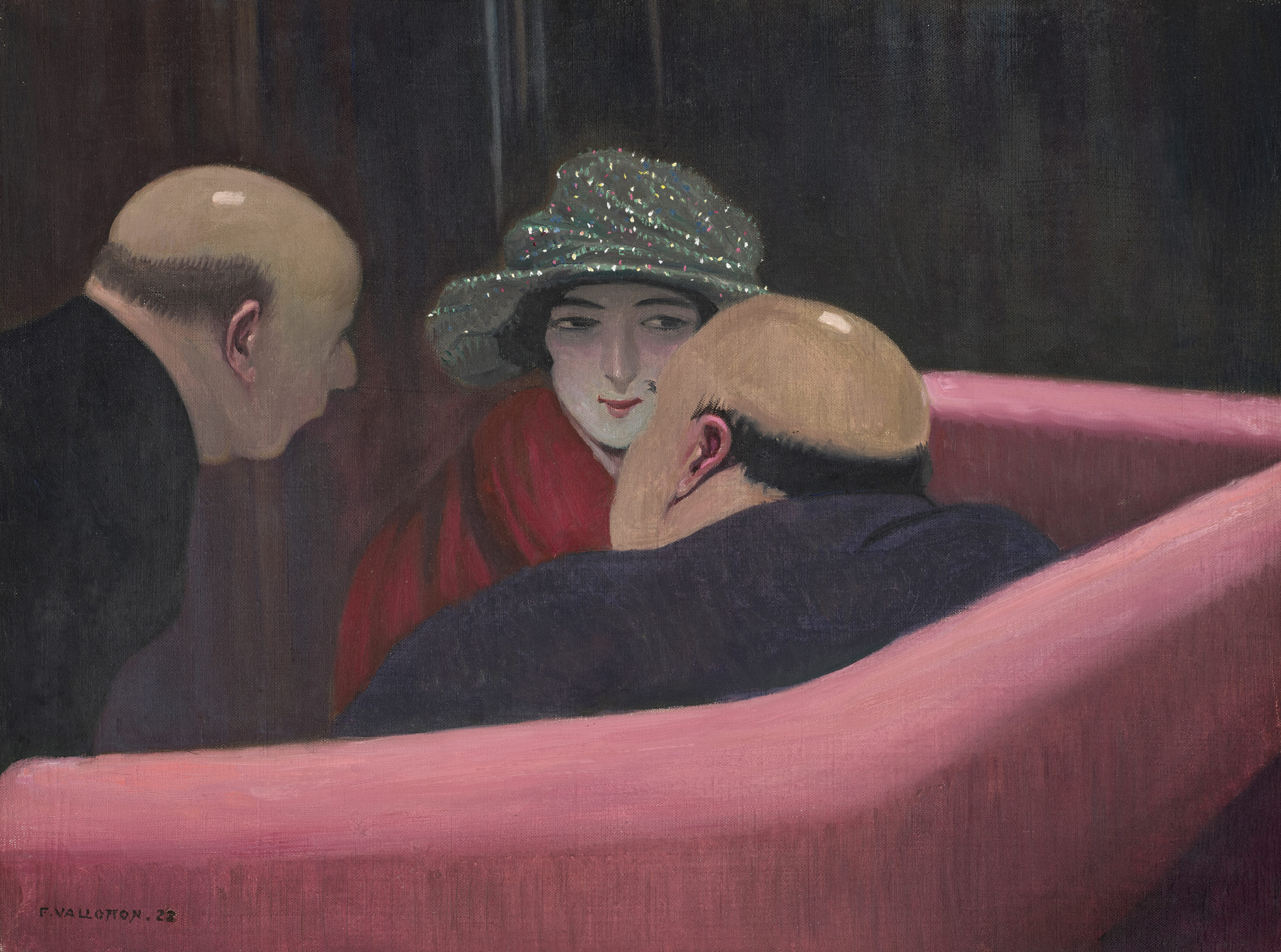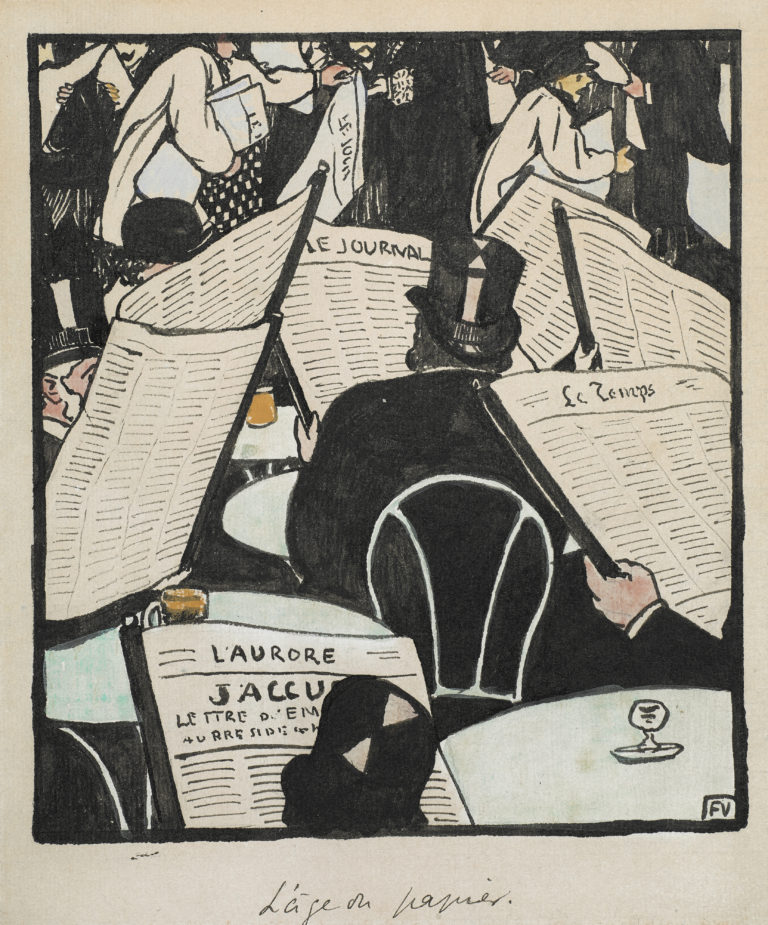Bibliography
Guy Cogeval, Isabelle Cahn, Marina Ducrey and Katia Poletti, Félix Vallotton. Le feu sous la glace, exh. cat. Paris, Musée d’Orsay, RMN – Grand Palais, 2013.
Marina Ducrey, in collaboration with Katia Poletti, Félix Vallotton, 1865-1925: l’œuvre peint, 3 vol., Lausanne, Fondation Félix Vallotton, Zurich, Institut suisse pour l’étude de l’art, Milan, 5 Continents Editions, 2005.




The act of seeing – from dazzlement to the risk of unhinging reason – is the guiding thread of the biblical story that Vallotton, now nearly sixty years old, ironically alludes to here. Because they ‘see’ Susanna, two Jewish elders break the divine commandments and lust after this married woman whom they espy nude at her bath. And because they lie and claim to have surprised her with a lover, they are judged and executed.
What remains in this modern picture of a subject so often painted in the past by the likes of Albrecht Altdorfer, Peter Paul Rubens, Artemisia Gentileschi and Rembrandt? The rather murky setting is a cross between a backroom in a café and a theatre box. The flesh-pink divan, the blood-red coat and the hat shimmering like a swarm of fireflies take on the kind of strange importance that we find only in dreams or in memories of certain shameful images. The woman’s gaze betrays a professional assurance and a power that verges on sadism. The expressions of the two middle-aged men are hidden behind their ears, pink with pleasure, and their shiny pates, leaning towards the object of their desire.
This Chaste Suzanne is, more than a moralistic piece of history, an invitation to immerse ourselves in the unconscious. As in Georges Bataille (Histoire de l’œil [History of the Eye], 1928), or in Luis Buñuel and Salvador Dalí (Un chien andalou [An Andalusian Dog], 1929), the representation of the scopic drive (the dialectic between ‘seeing’ and ‘being seen’) stands in for the representation of the sex act. The only physical contact suggested by the foreshortening is the way one of the two men’s eyelashes brushes against the woman’s face, as if laying down a fly, evoking these words from Bataille’s story: ‘The caress of the eye … is so extraordinarily gentle.’